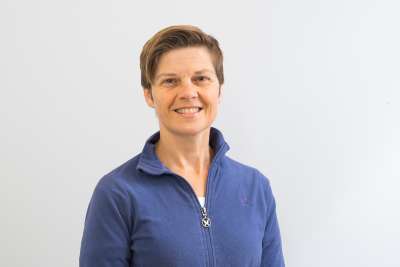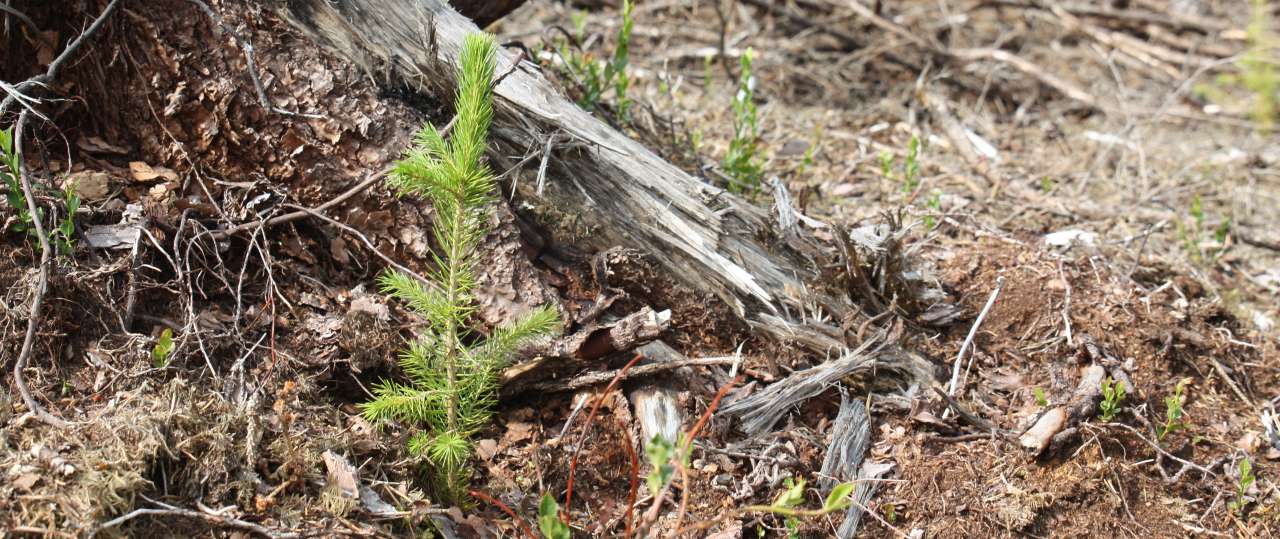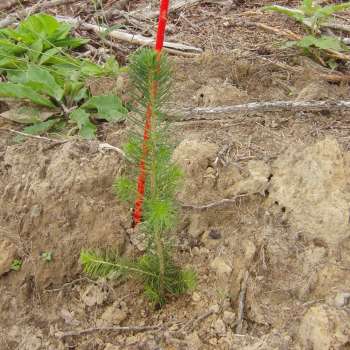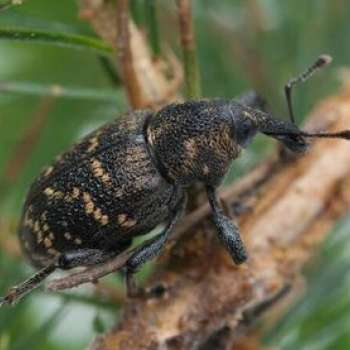
Kjersti Holt Hanssen
Forsker
-
Divisjon for skog og utmark
(+47) 996 44 123 kjersti.hanssen@nibio.no Kontorsted: Ås - Bygg H8



